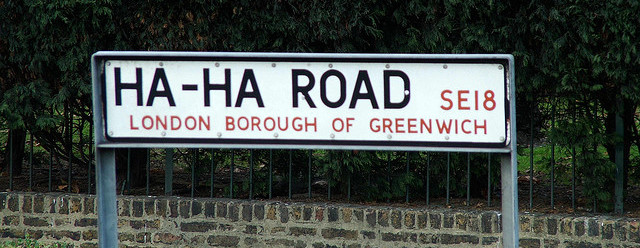Now this is something I never expected o see here in West London! Noreen found it on the (inside of) the study windows late last evening. It’s a (female) Jersey Tiger Moth.
I’ve only ever seen one once before, in Lyme Regis some 10 or more years ago. They are apparently “nationally scarce”. Once restricted to, yes, Jersey, they are most common along the coastal areas of the South West, although they are obviously spreading and there are now reports from the London area. Instantly identifiable as a Tiger Moth, the size (that’s a 5mm grid), pattern and the distinctively striped head are diagnostic. Oh and they like Buddleia, and we have a bush not far from our back door.
Sorry not brilliant pictures as this was lively, so contained in a plastic bug-catcher, being photographed with my point-n-shoot late at night with flash. I have removed the slight colour-cast from the images, I hope without destroying the moth’s colours.


Click the images for larger views on Flickr
[More info on the moths here and here.]
 Also found this morning on our bathroom ceiling was this gorgeous little Oak Bush Cricket. The body is about 17 mm long and note those spectacular antennae which are three or four times the length of the body.
Also found this morning on our bathroom ceiling was this gorgeous little Oak Bush Cricket. The body is about 17 mm long and note those spectacular antennae which are three or four times the length of the body.These are not scarce; we often get them in the house at this time of year — one of the benefits of having trees in the garden (including an oak) and being close to woodland. They’re very forgiving creatures and will happily sit still to be photographed, unlike captured moths.




